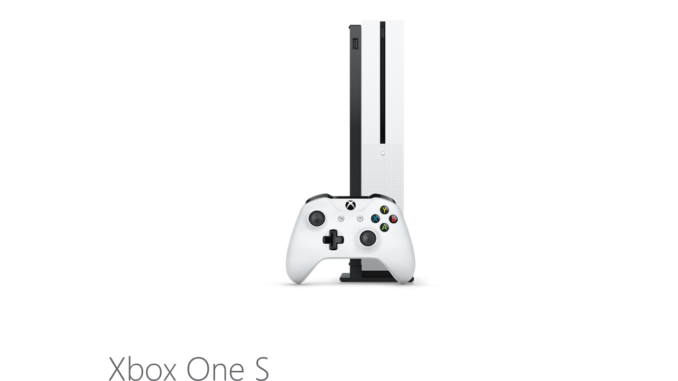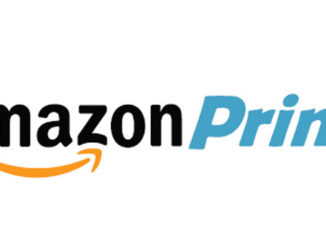
If we were to take a ranking of set top boxes based on performance and interest we’d likely start with Apple TV as the most widely known, then jump to NVIDIA Shield which has more performance for things like gaming, and end up with the new Xbox One S which extends this performance envelope into a full gaming console.
Then we have things floating around in the middle like TiVo, which do a better job of connecting to a present where most of our programing is still tied to cable companies who are slowly being forced to share.
I’m not going to pick favorites here but let’s talk about the advantages and disadvantages of each approach. We’ll start from the bottom and move up.
Apple TV
Other than it should have been called iTV, the problem with Apple TV initially was that Steve Jobs thought folks who watched TV were largely idiots. To suggest he wasn’t a fan of the product would have been an understatement. Despite that, Apple created one of the best products initially in market. What I think is a tad ironic is Microsoft actually had a better solution but it got even less love in Microsoft than Apple TV did at Apple and never made it to market as a focused effort.
This largely TV-only approach is by far the least expensive in hardware—since it doesn’t require much performance and has to be really inexpensive—which means even though you could create a product that was somewhat future proof, it isn’t. The current offering still doesn’t yet support 4K, let alone high dynamic range TVs coming to market.
Even the recent enhancements to the product, which do address many of the operational shortcomings don’t yet include 4K suggesting there may be a new version coming out before year end. So decent, for a set top box: content, low price, and strong improvements for ease of use but forget gaming for the most part. There is no ability with cable content, and not even future proof for current TV technology.
TiVo Bolt
The TiVo Bolt is substantially more expensive than Apple TV but it has several tricks that Apple TV doesn’t have. It can record cable content, it can stream the content it has recorded both in house and remotely, and it also supports more streaming content sources than Apple currently supports with the exception of iTunes which largely remains exclusively Apple. This is likely the best solution for those that don’t want to give up content they can’t yet stream, but it is by far the most expensive solution because you have to both subscribe to TiVo for its directory and subscribe to the cable services you want to record.
The TiVo Bolt does support 4K, but not HDR yet (though it is possible that could be fixed with a software update). It is more like a dedicated PC-in-a-box and it is likely the closest thing we have to a whole house solution in-market if you connect this to TiVo Mini boxes or Amazon Fire TV boxes (currently in Beta and not bad).
This solution is the best for those that just want as much programing as they can get and want it to work on a 4K set and/or want a whole house solution. Downsides are no gaming and it is the most expensive solution of the set effectively costing you $179 plus another $149 a year for the necessary service, and you have to continue to pay your cable company for non-streaming TV content.
NVIDIA Shield
This is similar to Apple TV, but backed by Google and more focused on performance. This does support 4K (no HDR yet but that could be a software upgrade), and it does support two kinds of gaming—native (with limited content) and streamed PC games either from your own PC or from NVIDIA’s cloud. It has had, until the latest Apple announcement, a better voice interface and a better content story. Apple has closed that gap substantially with its latest announcements.
Since the Shield largely uses streaming, not download and play, the initial cost isn’t that much more than Apple TV if you get the controller rather than the remote. Overall you are talking between $25 and $80 more for this solution depending on configuration unless you want a ton of storage (500GB) in which chase you jump close to TiVo territory with a $349 price.
Advantages are similar to Apple with the addition of 4K, full Android gaming local, and full PC gaming support either from the cloud or your own PC. This remains one of the better bargains in the industry.
Xbox One S
This is the new player on the block and it will be arriving late August. Costing just under $400 the Xbox One S is a full gaming console with both 4K and HDR support. It will not only match the other players for TV content, it has a host of games designed specifically for it as you’d expect. It will start at $299 for 500 GB and go to $399 for 2TB (which isn’t a bad price for this upgrade). It also has a built in Blu-Ray player which means you’ll get the equivalent of a high end Blu-Ray player as a free addition to a strong TV set top box / game system. Granted you’ll want to be into Xbox games before you’ll see that value. The Xbox gets downsized significantly with this product but size will be in-line with the TiVo Bolt and be far larger than either the NVIDIA Shield or Apple TV.
Like the TiVo this is more of a dedicated PC than an appliance which potentially provides more headroom for future software upgrades. However, be aware that there is another Xbox coming to market code named Project Scorpio which will push the performance envelope for this class.
Advantages are similar to the NVIDIA Shield but with full-on console game support and Blu-Ray capability. The downside is nearly twice the price. This is best for folks that really want to play Xbox games and/or want a higher end (4K+HDR) Blu-ray player.
Wrapping Up: Which Is Best
That always depends. If what you want is just streamed videos, Apple TV (and Amazon Fire TV which is very similar and cheaper) are fine. These are the lowest cost ways to get into the market. If you have a 4K TV and want to see 4K content then Apple TV drops off (the latest Amazon Fire TV does support 4K as an alternative and is cheaper) and you move up classes to something like the NVIDIA Shield Set Top box (which works better with Android phones as well), if you want to record TV then you get a TiVo Bolt, or if you want a gaming system and/or 4K HDR support and/or Blu-ray you end up with the Xbox One S.
It is kind of a shame you can’t yet get everything in one box from 4K HDR support for everything including recorded programing but the Xbox One S comes the closest to an all-in-one product. So the best product for you may simply depend on what you want to do with it, contrasted against what you want to spend. Good luck!


Leave a Reply